We deliver to you every day from 8:00 to 20:00
- 2023
- gumm
- C_TS4FI_2020試験の準備方法|権威のあるC_TS4FI_2020 最新知識試験|信頼的なSAP Certified Application Associate - SAP S/4HANA for Financial Accounting Associates (SAP S/4HANA 2020) テスト内容 🚐 ウェブサイト“ www.goshiken.com ”を開き、「 C_TS4FI_2020 」を検索して無料でダウンロードしてくださいC_TS4FI_2020日本語練習問題
- tinct
- cart
- 利用するACCESS-DEF 日本語試験情報 - CyberArk Defender Accessについて心配はいりません 🐛 「 ACCESS-DEF 」を無料でダウンロード⮆ www.goshiken.com ⮄で検索するだけACCESS-DEF勉強時間
- tincture
The best discounts this week
Every week you can find the best discounts here.
Grape Pie – THCa Rosin [1g]
Infused Cooking Olive Oil HHC Tincture [1500mg]
Peppermint Olive Oil HHC Tincture [1500mg]
Strawberry MCT HHC Tincture [1500mg]
Strawberry MCT HHC Tincture [1500mg]
Infused Cooking MCT Oil Delta-8 Tincture [1500mg]
Infused Cooking Olive Oil Delta-8 Tincture [1500mg]
Infused Pre Roll (Moon Doob) 24 pack
As we all know, the cannabis industry has been selling and introducing cannabinoids and their products for quite some time now. You can find various types of products in the market, that are infused with different types of cannabinoids, such as candies, gummies, tinctures, distillates, vape carts, baked goods, flowers, etc.
In today’s blog, we’re going to talk about the most common form of cannabinoid products, which are edibles. With the help of our blog, you can find out what edibles are, how they work, types of cannabinoid edibles, how to check their packaging, and also find out how much THC is in edibles.
What Are Edibles & How Do They Work?
Edibles are considered the most common form of cannabinoid products, and they’re also considered the most common way of consuming cannabinoids. The term edible means a food product that contains or is infused with a cannabinoid of your choice, that makes you feel high. You can find different types of edibles that contain cannabinoids which are sorted into 2 categories. These two categories are edibles which are absorbed sublingually, and chewable edibles.
The edibles that come under edibles that are absorbed sublingually include food products such as gums, lollipops, lozenges, etc. These products are consumed through a process called sublingual absorption, which basically means that they get absorbed in your mouth easily without having to go through the process of digestion. This allows the cannabinoid present in the edible to immediately enter your bloodstream and activate its effects.
Chewable edibles, on the other hand, include food products such as gummies, candies, chocolates, brownies, cookies, and other baked goods. These food products have to be thoroughly chewed in your mouth and then digested in your stomach. After the process of digestion, the cannabinoid present in the edible can enter your bloodstream and activate its effects. These types of edibles take a much longer time for the effects to kick in than the other type of edibles.
The amount of time it takes for edibles to kick in also depends on another factor, which is the type of cannabinoid present in the edible. There are many edibles that contain different types of cannabinoids. The most common cannabinoids that are present in edibles include:
-
CBD
It takes around 30-90 minutes for the effects of CBD edibles to kick in, and they can last for about 6-8 hours depending on how many you consume at once. It also depends on what kind of CBD edible you’re consuming. For example, if you’re consuming CBD gummies, then it can take 30 minutes to even an hour for the effects to kick in, but if you’re consuming CBD lollipops, then it might only take about 15 minutes for the effects to kick in.
-
Delta 9/THC
The effects of Delta 9 edibles kick in after 40-60 minutes of consumption and they can last for at least 6 hours, depending on the type of Delta 9 edible you’re consuming, as well as how many you consume.
-
Delta 8
Delta 8 edibles can take at least 60-90 minutes for the effects to kick in, and they can last around 6-8 hours, again depending on how many you consume, and what type of Delta 8 product you’re consuming.
How To Make Sure You’re Buying The “Right” Edibles?
When it comes to buying any type of cannabinoid edibles, it’s important that you always make sure to check the packaging of the edibles before deciding to buy them. This way you can make sure that you’re not wasting your money or risking your health. Here are some factors that you can keep in mind when checking the packaging of edibles. They include:
-
Standard Cannabis Symbol
Every edible that contains a psychoactive cannabinoid, or contains a certain amount of THC should have a standard cannabis symbol sticker or label stuck to the package or box of the edibles. This symbol helps people be aware that an edible product contains THC in it.
-
THC Content
Although there are some cannabinoids such as CBD, that doesn’t contain any THC in them, there are chances that their products do contain some amount of THC in them. So if you want to purchase an edible product that doesn’t contain any THC in it, then you can check the THC content mentioned on the packaging of the edible product.
It’s also essential for any cannabinoid product to have THC content mentioned on its packaging so that you can make sure that the product doesn’t contain more than 0.3% of THC in it.
-
List Of Ingredients
Another very important factor that you need to keep in mind before buying any type of cannabinoid edibles, is to check the list of ingredients mentioned on the packaging. This list of ingredients mentions all of the ingredients used in the manufacturing process of the product. By checking the list of ingredients, you can also make sure that there aren’t any ingredients that you’re allergic to, present in the edibles.
Frequently Asked Questions
- What Is The Shelf Life Of Delta 8 Edibles?
The shelf of Delta 8 edibles is 2 years depending on how well you store them.
- Can Delta 9 Edibles Expire If Left Outside?
When you leave Delta 9 edibles outside, they can get exposed to heat and light that can cause them to expire or degrade quickly.
- How Long Does CBD Stay In Your System?
Depending on how often you consume this cannabinoid, it can stay in your system for a few days to a whole month.
- What Is The Cost Of Delta 8 Gummies?
The cost of Delta 8 gummies can range from $15 -$30 based on the place you purchase them from.
- What Happens If Some Edibles Contain More Than 0.3% Of THC?
If there are any types of edibles that contain more than 0.3% of THC in them, then they might be considered illegal.
Conclusion – How Much THC Do Edibles Contain?
According to the 2018 Farm Bill, all hemp-derived cannabinoids and their products are considered legal if they only contain 0.3% of THC in them. This means that all cannabinoid products, including edibles, should only contain 0.3% of THC or lesser than that in them.
However, it can also depend on the type of cannabinoid present in the edibles, some edibles contain CBD, which is a non-psychoactive cannabinoid, unlike THC.
Stay in Touch
Sign up for our mailing list to be the first to know about new products, sales, and promotions
Stay in Touch
Sign up for our mailing list to be the first to know about new products, sales, and promotions
All products are Federal Farm Bill Compliant and contain less than 0.3% THC
FDA DISCLOSURE: The statements regarding these products have not been evaluated by the FDA. These products are not intended to diagnose, treat, cure or prevent any disease, consult your health physician before use. The Federal Food, Drug and Cosmetic Act requires placement of this notice.
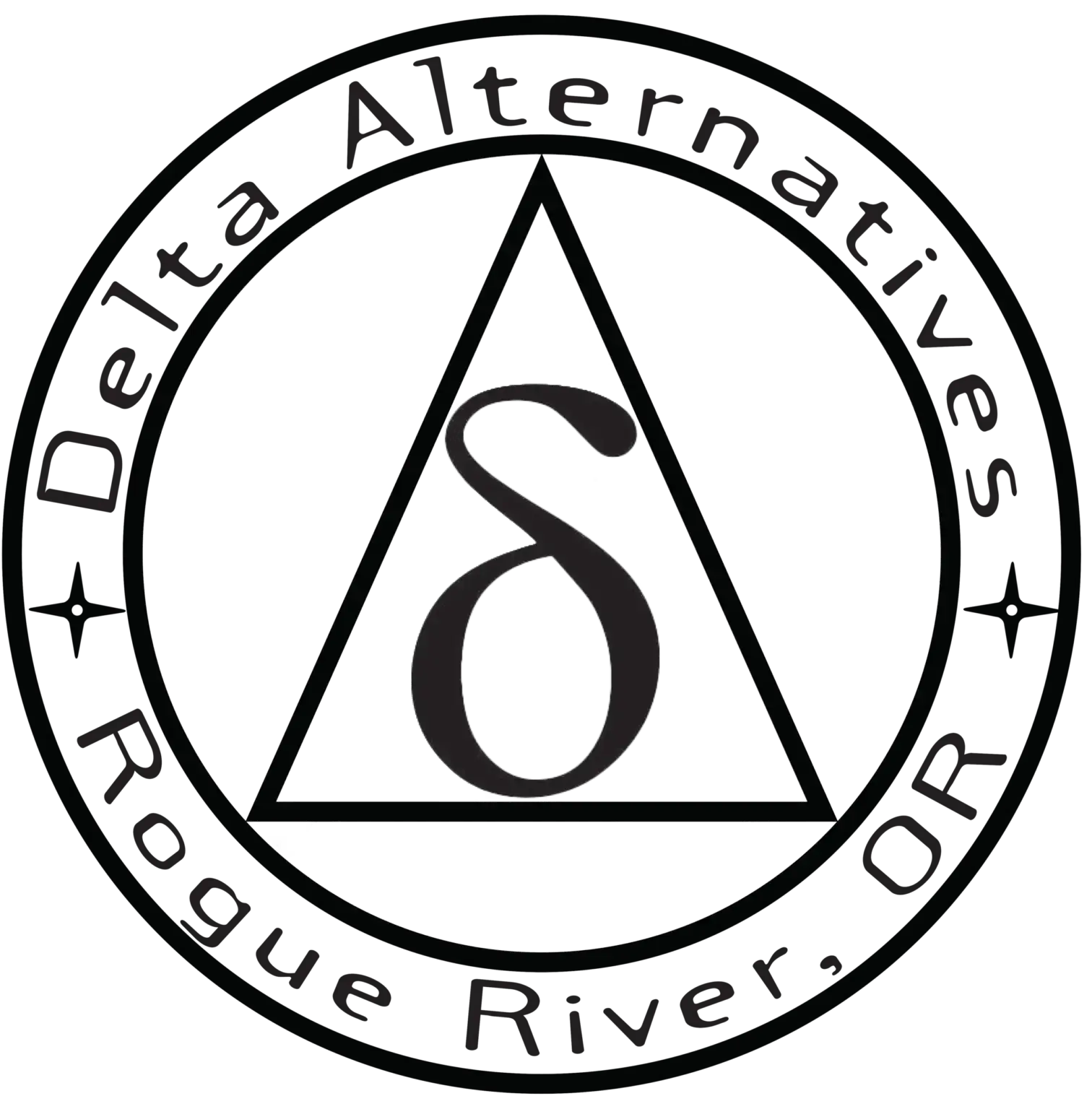
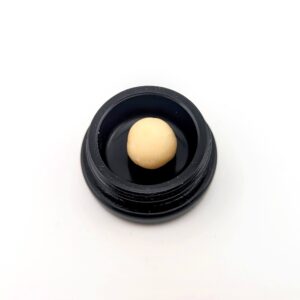



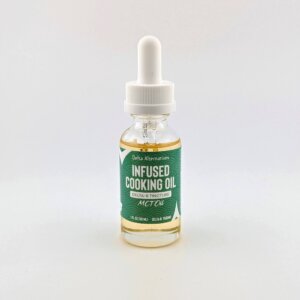
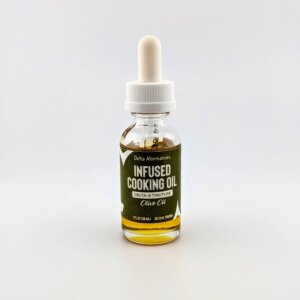
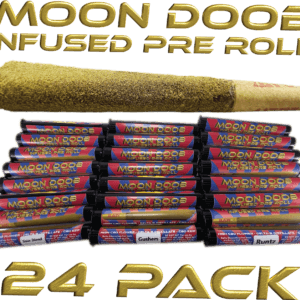

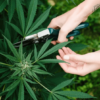


You must be logged in to post a comment.